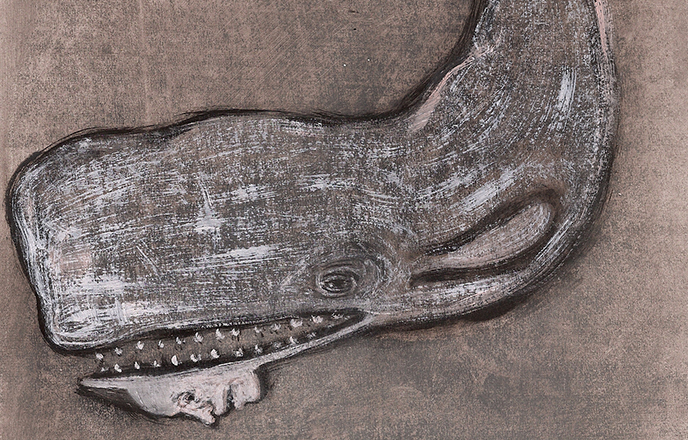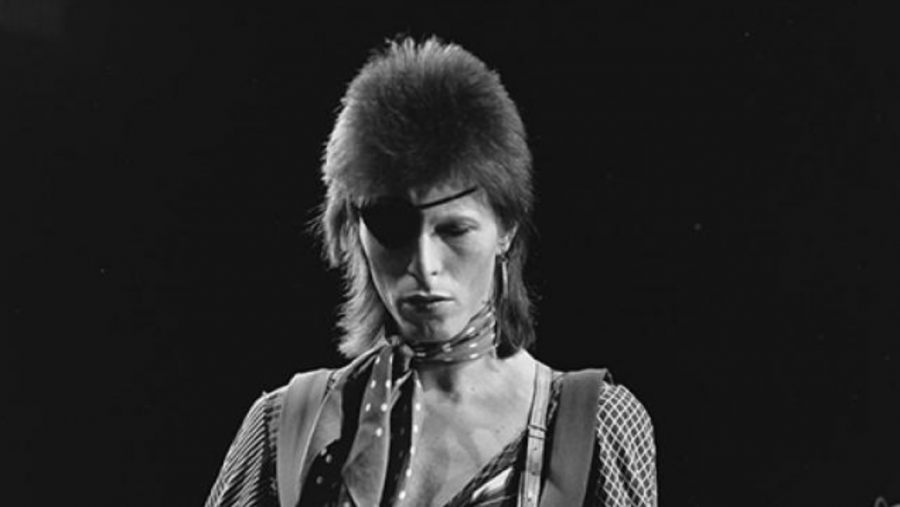We still occasionally speak of “Kodak moments,” making conscious or unconscious reference to the slogan of the Eastman Kodak Company in the nineteen-eighties. Even by that time, Kodak had already been a going concern for nearly a century, furnishing photographers around the world with the film they needed to capture images. Its very first slogan, unveiled in 1888, was “You Press the Button, We Do the Rest,” and it heralded the arrival of a new era: one in which, thanks to the company’s No. 1 box camera (loaded with the new medium of roll film), photographs could be “taken by people with little or no previous knowledge of photography.”
So says Vox’s Coleman Lowndes in the new video above, which explains how this invention changed the nature of photography itself. People began using Kodak cameras “to document their travels and their daily lives at home”; they “took portraits of each other, but also candid street scenes.” Such was the novelty of taking a picture so quickly and easily — and well outside a studio — that it demanded a new word, or rather, the adoption of a word from another domain: snapshot, which up until then had referred to “a quick shot with a gun, without aim, at a fast-moving target.” Before Kodak, a photographer simply had no way to capture the moment.
But it was only with the introduction of the inexpensive Brownie, “a simple box camera made of cardboard encased in faux leather,” that everyone — even a child — could become a photographer. “Take a Kodak with You,” suggested another of the company’s slogans in the early twentieth century, and millions took heed. Its position as both a corporate and cultural institution wasn’t seriously threatened until the end of that century, when Japan’s Fujifilm “had begun to eat away at the American photo giant’s market share,” and then digital photography destroyed wide swaths of the film business at a stroke.
Ironically, the first digital camera was invented in 1975 by a Kodak engineer, “but the company, which from the beginning had built itself on selling and processing film rather than manufacturing cameras, didn’t make the change soon enough.” After finally entering bankruptcy in 2012, Kodak reorganized to “focus on digital printing services rather than film development,” which has by now become “a somewhat niche market of dedicated hobbyists.” Also doing its part to keep the company afloat is its line of logo-emblazoned apparel, which holds out a retro appeal all across the world — even to youngsters quick enough on the draw with their camera phones that every moment might as well be a Kodak moment.
Related content:
The History of Photography in Five Animated Minutes: From Camera Obscura to Camera Phone
How Film Was Made in 1958: A Kodak Nostalgia Moment
Henri Cartier-Bresson and the Decisive Moment
Hunter S. Thompson’s Advice for Aspiring Photographers: Skip the Fancy Equipment & Just Shoot
Based in Seoul, Colin Marshall writes and broadcasts on cities, language, and culture. His projects include the Substack newsletter Books on Cities and the book The Stateless City: a Walk through 21st-Century Los Angeles. Follow him on Twitter at @colinmarshall or on Facebook.




